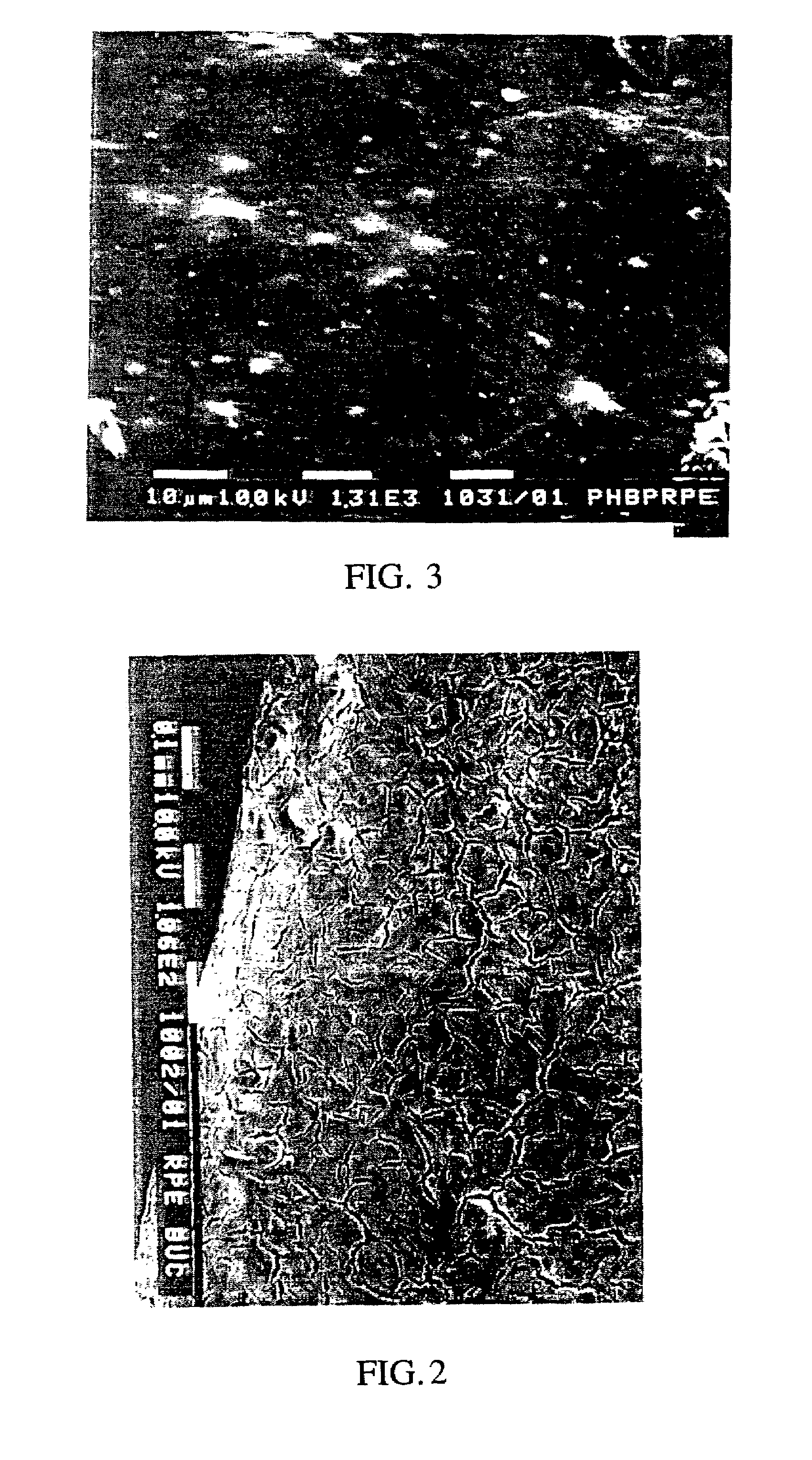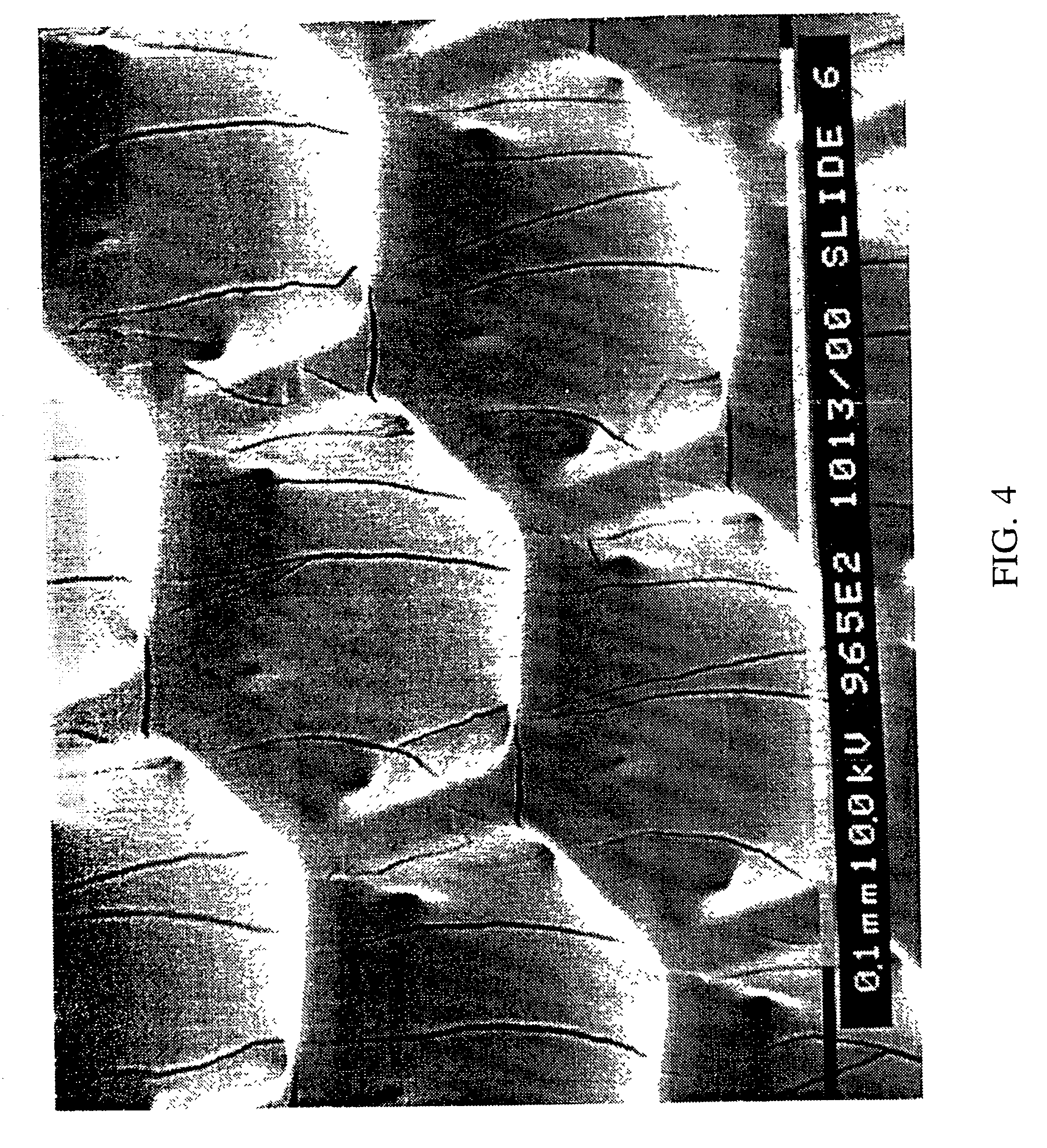Bucky paper as a support membrane in retinal cell transplantation
a support membrane and retinal cell technology, applied in the field of bucky paper as a support membrane in retinal cell transplantation, can solve the problems of ineffectiveness of this type of treatment, poor performance of transplanted rpe cells in the pathological sub-retinal space, and damage to the rpe membrane (bruch's membrane) which is also damaged, and achieves great precision
- Summary
- Abstract
- Description
- Claims
- Application Information
AI Technical Summary
Benefits of technology
Problems solved by technology
Method used
Image
Examples
Embodiment Construction
[0013]The invention provides rescue or restoration of the diseased photoreceptor cell layer of the retina, using transplantation of RPE cells, IPE cells or stem cells on bucky paper to the sub-retinal space of the eye. The bucky paper serves as a physical support for the transplanted cells and as a basement membrane patch. Preparation of the bucky paper itself is discussed following discussion of use of the bucky paper for the cell transplantation.
[0014]Cell Culture. Human RPE cells for transplantation were maintained in D-MEM / F-12 solution, supplemented with 10 percent fetal bovine serum at T=37° C. with 6.5 percent CO2. The cells were removed from 100 mm tissue culture dishes with 0.05 percent trypsin-EDTA and were cultured weekly at a 1:10 ratio. A concentration of 106 cells / mL was cultured onto sterilized bucky paper. Stem cells that can transform or differentiate into RPE cells can also be transplanted here.
[0015]Animal IPE cells were harvested and isolated from New Zealand Whi...
PUM
 Login to View More
Login to View More Abstract
Description
Claims
Application Information
 Login to View More
Login to View More - R&D
- Intellectual Property
- Life Sciences
- Materials
- Tech Scout
- Unparalleled Data Quality
- Higher Quality Content
- 60% Fewer Hallucinations
Browse by: Latest US Patents, China's latest patents, Technical Efficacy Thesaurus, Application Domain, Technology Topic, Popular Technical Reports.
© 2025 PatSnap. All rights reserved.Legal|Privacy policy|Modern Slavery Act Transparency Statement|Sitemap|About US| Contact US: help@patsnap.com



